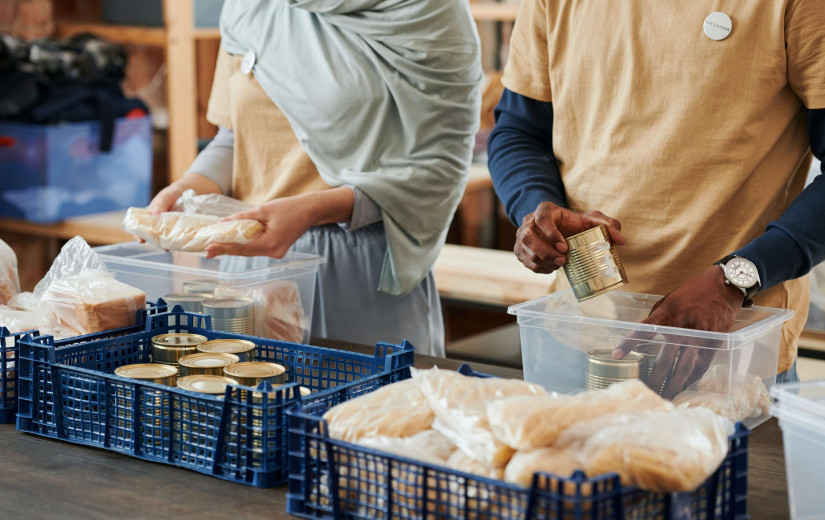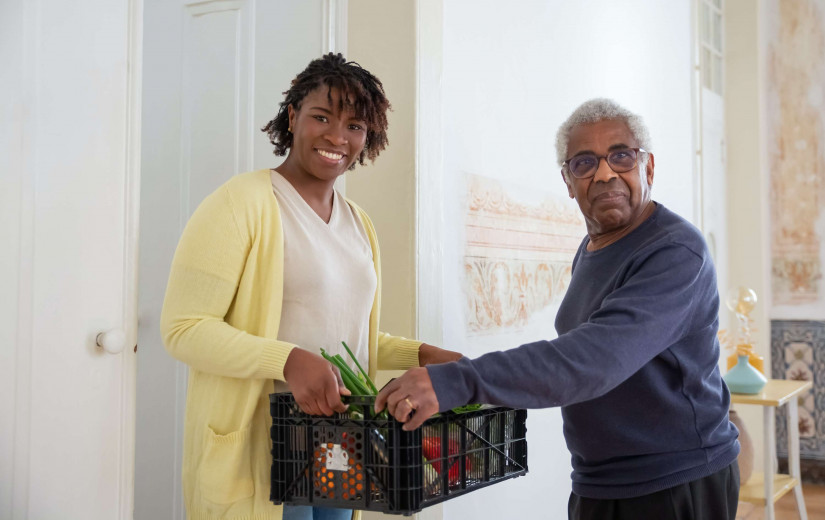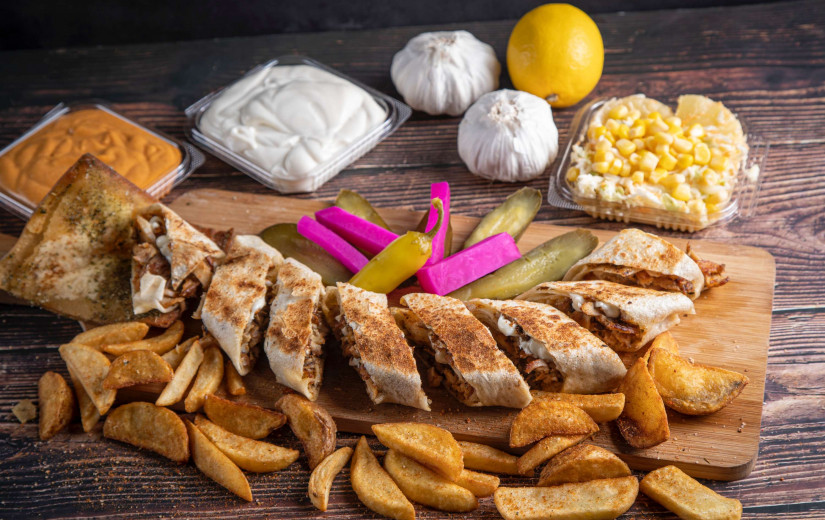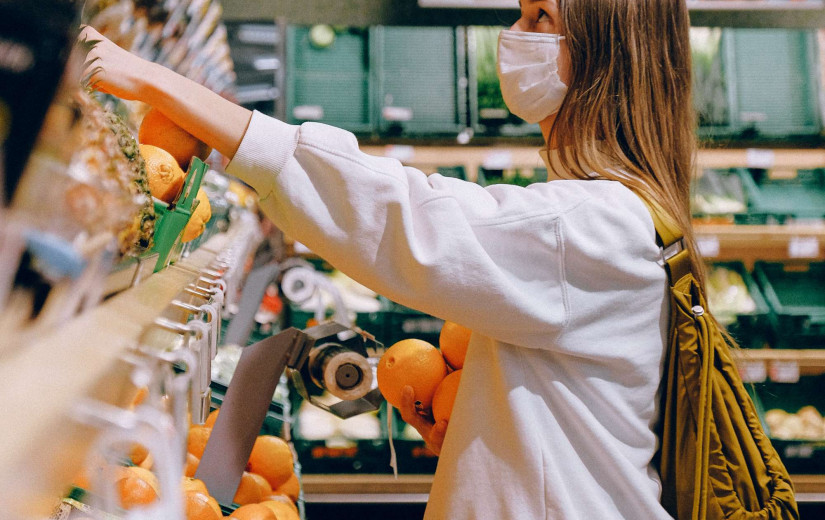Experiencing COVID-19 Quarantine Family Burnout? What You Need to Know
There are very few upsides that come with the territory of the ongoing COVID-19 health crisis. One of the positives to come out of this challenging time is that families have been afforded the great gift of time together. However, now that the world is almost six months into this pandemic, that family time may be resulting in too much togetherness in some cases.
Here are some of the largest at-risk groups of this family burnout and a few ways that you can alleviate these issues.
Single Parents
One of the most affected groups of the pandemic is the single parents. Life came to a screeching halt for many families when in-person school was canceled. With fewer opportunities for child care and other types of assistance, single parents are bearing the brunt of families struggling to get through this challenging time. Many single parents have been thrown into the fire, being asked to perform their own job while also supervising their kids in their online schooling.
It is hard enough for traditional two-parent households to accomplish this feat. Asking one person to bear the burden on their own is asking for them to burn out quickly. The demands of the job paired with the ability of the children to direct themselves on schooling are the two biggest factors contributing to how quickly a single parent will find themselves losing patience during this time.
Romantic Relationships
Even the strongest of relationships may experience trouble during this time of isolation. Months together under quarantine can put a significant strain on romantic relationships, especially if this is a new relationship that has not been through a tough time yet. Being stuck together at home with no other outlet can understandably lead to blowups and misunderstandings. The added stress of the COVID-19 crisis only exacerbates this situation. This is particularly true if there are financial issues compounding the problem.
Burnout in Kids
It is important to remember that adults are not the only ones severely affected by the pandemic. Kids have had their worlds turned upside down, being pulled from school, activities, and their friends. While it may seem like a kid's dream to not have to go to in-person school, the isolation can have a significant negative effect on their mental and emotional health.
Burnout in children generally expresses itself differently than in adults. Children are more likely to show irritability, disinterest in playtime, and lethargy. If you notice that your child is not performing as well in online schooling, it may be that they are struggling with the lack of social interaction rather than the new format of education.
Teenagers are particularly vulnerable to family burnout during this time. The increased rigor of their academic workload combined with their need to be social can spell disaster if they are relegated to their homes for an extended period of time.
Tips to Prevent Burnout
The good news is that there are definitive ways that you can work as a family to prevent this quarantine burnout. Here are some of the best ways to prevent this issue.
- Establish a Routine - Most everyone thrives on a routine, especially younger children. Establishing a routine during quarantine will provide a guiding framework for the family. For example, you will minimize potential conflicts if your kids know what it is expected of them each day, particularly as it relates to their schoolwork.
- Get Adequate Rest - One of the biggest benefits of establishing a routine is that you will ensure that everyone in the family is getting enough rest. Being well-rested will help to prevent conflicts and boost the mood of everyone in the house.
- Seek Fresh Air - Getting outside will drastically improve the mood of everyone. Fresh air, exercise, and soaking up the sun will all work together to boost the mental well-being of the entire family.
It is obvious that this virus is not going to just slip off of the radar. Until there is a vaccine or herd immunity is achieved, it is likely that you will be spending more time at home with your immediate family. With the right attitude and these tips, you can make the most out of this time together and ensure that these valuable relationships become stronger than ever.

















